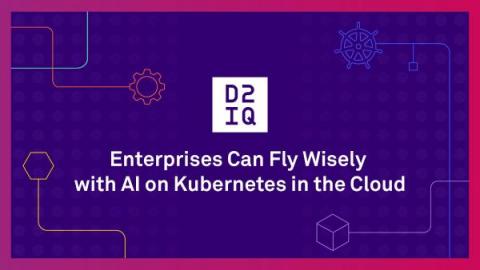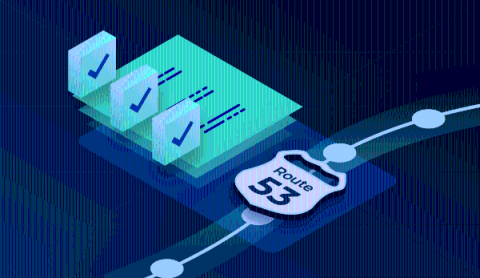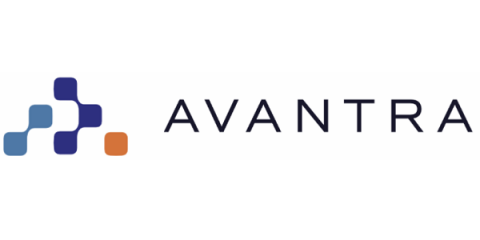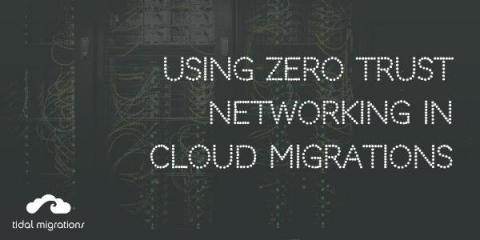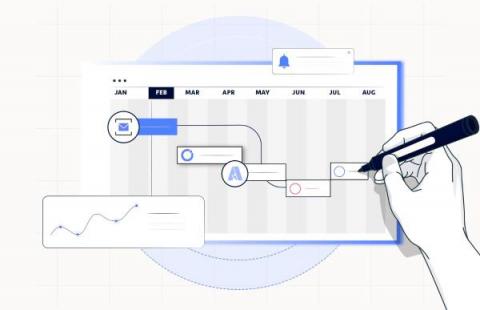Operations | Monitoring | ITSM | DevOps | Cloud
Latest News
Spot PC: The Right Solution, The Right Time, The Right Team
Fly Wisely with AI on Kubernetes in the Cloud
While organizations have been moving to modernize their IT infrastructures by adopting cloud-native Kubernetes technologies, the pandemic helped accelerate this movement. The surge in cloud services adoption during the lockdowns emphasized the need for organizations to make their business and technology models more agile.
Regulating Cloud Costs: How To Implement Intelligent Spending Habits
You don't know anything about Google Cloud monitoring
The fact that data centers have evolved a lot is undeniable. This has enabled storage evolution and the execution of online applications. Now we often talk about hybrid clouds. *Yes, we don’t even take the time to explain what digital clouds are anymore and we even assume that everyone has their own, small but they have them.But when it comes to doing things big, it’s unavoidable to mention the giant Google Cloud®!
Getting Your Clouds Under Control: Part 2-Cloud Governance
Given the strategic importance of the cloud and size of cloud expenditures, it’s critical for enterprises to have solid controls in place to manage it all. According to our latest research, however, while most organizations agree with that sentiment, very few have put it into practice. There are distinct but related disciplines that come into play: FinOps and cloud governance. In this two-part series, we explore current state of each.
Setting up Route 53 Health Checks
SAP on premise to AWS cloud migration: The complete guide
SAP on premise to AWS cloud migration is a key focus area for many businesses. This is no surprise given that SAP is without a doubt among the leading ERPs. SAP HANA, available both on premise and in the cloud, offers a powerful relational database ideal for data storage, retrieval and analytics in real time. The on premise iteration of SAP HANA features an SAP environment hosted on your servers.
Using Zero Trust Networking in Cloud Migrations
Moving workloads to the cloud has many benefits, and one that is often overlooked is the opportunity to modernize your network. In a traditional “perimeter-based” architecture, users and devices are authenticated and authorized on a device-by-device basis when connecting remotely via VPN.




